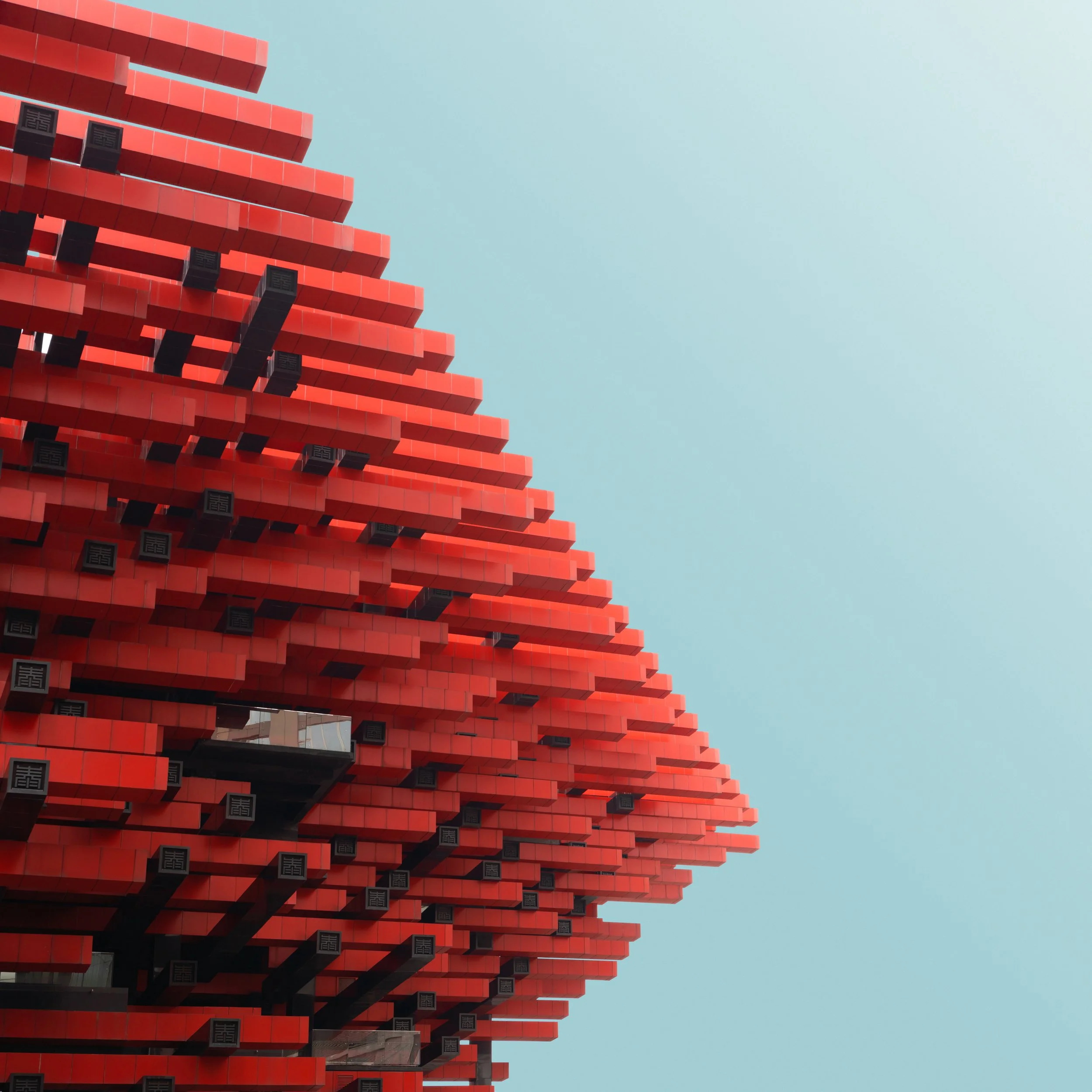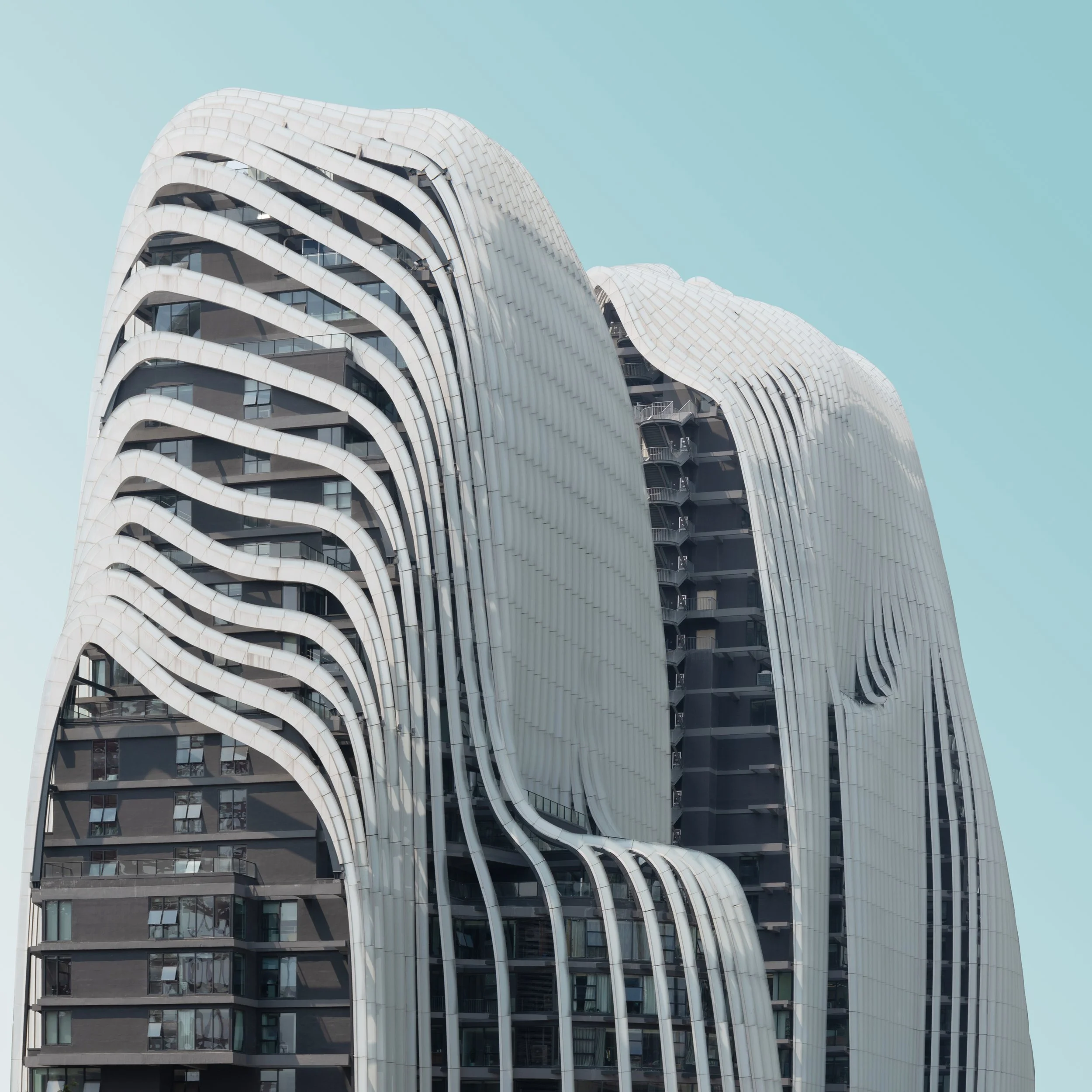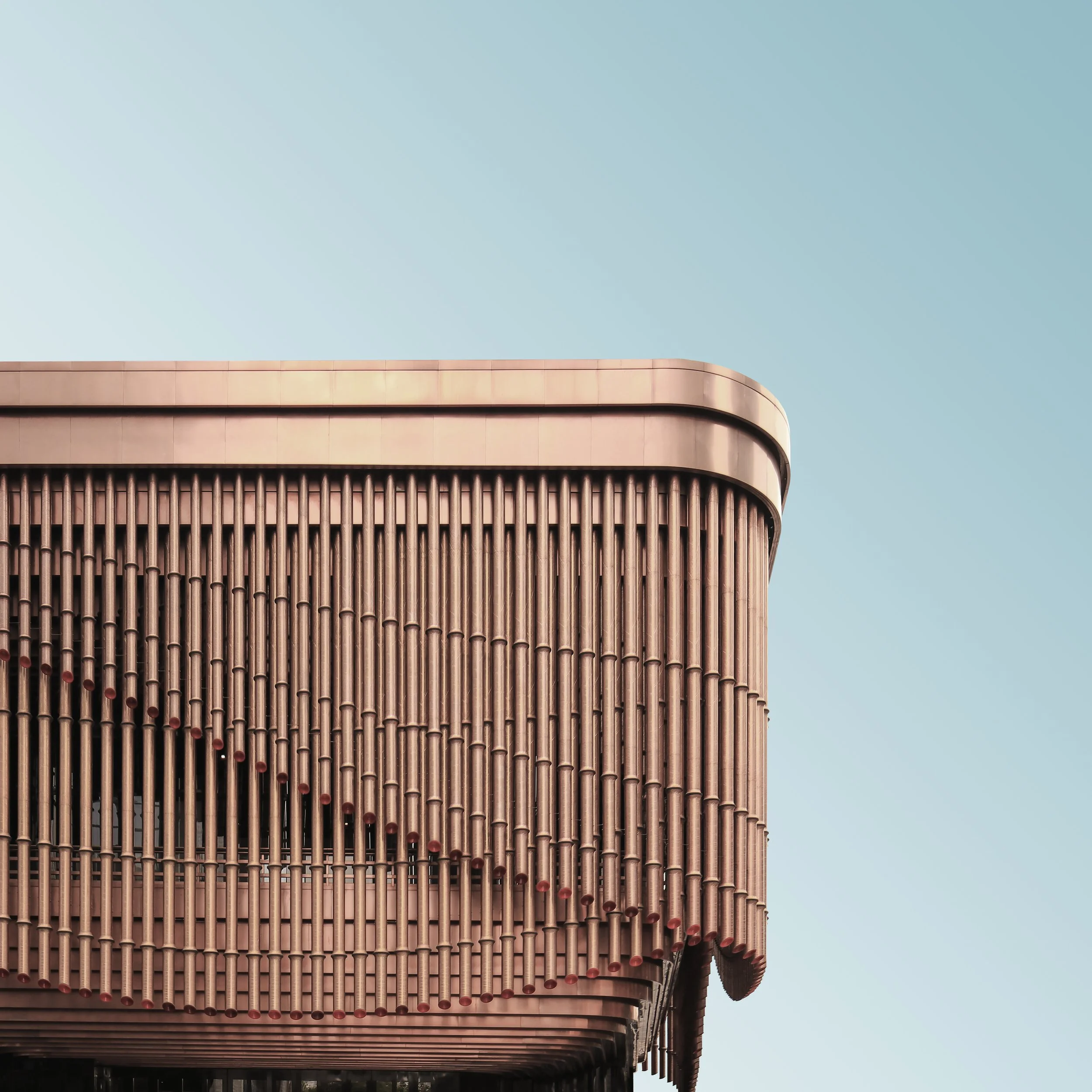
001-BCIII_KP_2019
2019 / China
Beautified China III
The Architectural Revolution
The past decade, internationally renowned architects such as Zaha Hadid, Ole Scheeren, and Herzog & de Meuron have given their creativity and expertise free rein in China, where the sky is literally the limit. Unimaginable forms that seemingly defy the laws of gravity come to life in the form of gigantic buildings spread around the country.
INTRO
China has undergone a tremendous evolution wherein architecture has been at the forefront of it all. Over the past 2 decades, as China opened up, a string of world events was hosted in the country. First and foremost, the 2008 Olympics held in Beijing showed a new face to the world. A series of groundbreaking sportvenues hosted a succesful Olympic games. As with many Olympics, the games and the years long preperation leading up to it, bring an enormous amount of enthusiasm that combined with economical and political efforts can transform a city (and an entire nation) when done well. As Beijing prepared to show the world its new face, it recruited an interesting set of well known international architects to design and realize key buildings in the city. Was this the symbolic start of a new architectural revolution with at times gravity-defying structures, unimagineable shapes or new style mixing eastern with western influences? Beautified China offers a look at the most exciting architecture build in the past 15 years or so.
LOOKING AT/IN CHINA
As China was hosting the Olympics and 2 years later the 2010 World Expo in Shanghai, all eyeballs were pointed at China. Architecture media reported about projects from under construction to completion. However, people were only looking at China. When I ventured out to China for the first time visiting the World Expo and later to live in Beijing, Shanghai and Hong
Kong, I vowed to look ‘in’ China. Not just from a distance. Being an architect in China for the past 10 years I explored China to better understand the place and the impact it will make on the world, good and less good. Seeing cities transform over time when living there makes you able to put things in relation to each-other. Architecture has a changing impact over time and I had to be in China to fully capture this. Beautified China is my way of looking deep into China by capturing architecture in 15 different Chinese cities.
THE USE OF ICONS: CITY BUILDING
As China was portrayed in the media as a place where architects get carte blance to build whatever they want without any link to the context, this notion has been very much exaggerated. China is a place where architecture takes on extraordinary shapes, which at times are hard to be associated with ‘buildings’ Architecture is seen as icons: easy to understand in quick glimpse, unique in its massing, and at time defy the rules of its typology.
003-BCIII_KP_2019
006-BCIII_KP_2019
ABOUT KRIS PROVOOST
Kris Provoost is an award-winning Belgian photographer and artist active in Asia for the past decade. Graduating with a Master in Architecture in Belgium, Kris relocated to China to launch his career as an architect. In Beijing and Shanghai, he worked with some of the top architecture firms on projects across Asia.
After moving to Hong Kong, Kris transitioned his focus to architectural photography. His deep knowledge of architecture and urban design allows him to capture buildings with a fresh perspective. Over the years, he has collaborated with leading architects and designers to document newly completed structures.
002-BCIII_KP_2019
Icons that are used to build new cities, new districts or new neighbourhoods. Icons become a destination where people flock to, with its consequent advantages and disadvanteges. More often than not this kind of iconic architecture is used by real-estate developers to do what they do best: make money, lots of money. Iconic architecture by the likes of Zaha Hadid, Rem Koolhaas or other ‘starchitects’ can be very expensive to build, however it is only a small investment compared to the potential upside these developers can make by rising housing costs in neigbouring areas. Chinese developers mastered the trick of using architecture to
their advantage. To dismay of the architecture enthusiasts that want architecture to be only used for its purest sense: build for the people. Entire cities have been put on the map by architecture, think about architecture fantasyland Ordos. Or new districts that are build around one or two iconic buildings for example Changsha’s Meixihu area. For Beautified China I have ventured out to these districts to capture the buildings that put these cities on the map.
THE USE OF ICONS: MARKETING
Read any guidebook or rather, watch any travel video about Shanghai and they recommend you need to go have a look at the Bund. That is not neccesarily to see the Bund, but rather to have a good vantage point towards China’s crown jewel: The Lujiazui Skyline. An endless amount of skyscrapers sit on the Pudong peninsula. Nowadays everyone must have seen a photo of it. Isn’t that the ideal marketing?
One of the towers is the Shanghai Tower, a beautifully turning silhouette rising to over 600 meter in height. Currently and for at least a while longer, China’s tallest tower. And while some come close in terms of height, not one of them comes close in terms of what it represents. While economically the tower hasn’t been a success, as a portrayal of Shanghai this complex structure has been worth every dollar. When people see this kind fo people they snap a whole lot of photos of it (including me) and spread them around the internet. Architecture has always attracted large crowds, let’s think back about the Bilbao effect, but especially China understood the impact of this in a time where everything happens on Instagram or WeChat. Architourism is a big deal nowadays, especially in China, even for people that don’t have a particular interest in the architecture itself. It does usually offer a good backdrop for that selfie. It seems that in our current time, that people know better where that Zaha Hadid project is located than that centuries old temple. Architecture is the perfect marketing tool for Chinese cities to profile themselves and attract visitors away from the more famous other cities.
PERSONAL REFLECTION
It all started a good 13 years ago. As China was gearing up to host the 2008 Olympics in its capital Beijing, the architecture they were planning to build was just that tiny bit bolder, more daring and more provoking.
011-BCIII_KP_2019
ABOUT THE ARTIST (PDF)
When the Olympics eventually rolled through in the summer of 2008, I had just completed my Bachelor degree in Architecture. During the following 2 years, completing my Masters degree, I followed closely the construction of many of those iconic projects. China is a country that uses Architecture to transform itself. When 2010 came around, and the country held its second big world event, the 2010 Shanghai World Expo, I decided to go see the architecture with my own eyes. Traveling through China for the first time was eye-opening and gives you a good sense of the massive scale in terms of cities, vastness of the country and the large number of citizens. Everything is bigger and taller, by a lot. With a good dose of confidence and enthusiasm, I took the opportunity and searched for a job as an architect. Now 10 years later and still hanging around China, I can conclude that the job search was quite successful. Living in Beijing, Shanghai and now Hong Kong, architecture has been the omnipresent factor in my life. Combining being an architect and architectural photographer at the time proved to be a good combination to understand my new ever-changing living context. While living and working across China, I could firsthand see what a strong presence architecture can have. Not only on how the city looks, functions or develops, but also how it can represent itself to the outside world. This is where the iconic architecture represented in this book comes into place. Beautified China is a selection of the most striking modern buildings that have been erected in the country over the past 2 decades. From arched skyscrapers, infinity loops, stacked chopsticks to moving tubular curtains, this book offers a glimpse of the endless supply of breathtaking architecture. From the well-known cities (Beijing – Shanghai – Hong Kong), to the lesser known cities deep down the mainland of China (Harbin – Changsha – Wuhan-..), this book will give you a guaranteed new look at the Middle Kingdom (the literal translation of the mandarin name for China: Zhongguo) As I approach my first decade in China, I can look back at my early days in the country with the same enthusiasm as I do today. As the country keeps developing rapidly, architecture has and will always be at the forefront of it all. There is no place I would rather be than in China as an architectural photographer.
005-BCIII_KP_2019
Kris has received numerous accolades for his work, including at The Architecture Masterprize 2024, The Architectural Photography Awards 2021, and The Blueprint Architectural Photography Awards 2019, with notable pieces from Hong Kong and Chongqing. His ongoing project, Beautified China, began in 2016 and has been widely published, leading to the 2019 book Beautified China: The Architectural Revolution. His exhibitions in Beijing and Venice showcase work that explores the relationship between architecture and society.
Based in Hong Kong, Kris Provoost continues to work globally, capturing the world’s architectural marvels.
007-BCIII_KP_2019
008-BCIII_KP_2019
009-BCIII_KP_2019
010-BCIII_KP_2019
012-BCIII_KP_2019
004-BCIII_KP_2019












